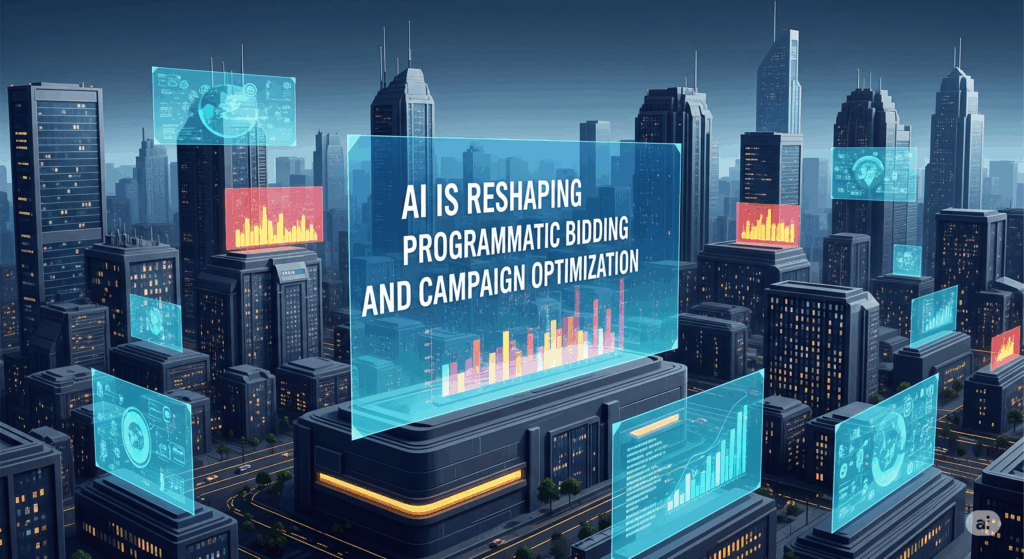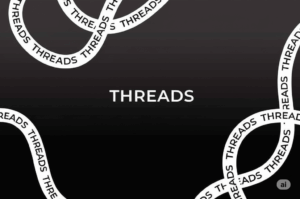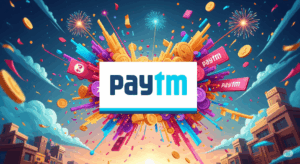It wasn’t that long ago that optimizing your ad campaigns felt like a constant guessing game. You’d pore over spreadsheets, tweak bids manually, and hope for the best. But today? That’s a relic of the past. The digital advertising landscape is dynamic, constantly shifting, and thanks to Artificial Intelligence (AI), we’re now capable of AI-Powered Precision: Maximizing Ad Performance and ROI on Google and Meta in a Dynamic Market like never before. This isn’t just about “smart bidding” anymore; it’s Beyond Smart Bidding: The Next Generation of AI-Driven Ad Performance and Real-time Adjustments.
The Algorithm’s Edge: How AI is Reshaping Programmatic Bidding and Campaign Optimization
The advertising world runs on speed and data, and no human can process the sheer volume of information needed to make optimal decisions in milliseconds. This is where AI truly shines, giving marketers The Algorithm’s Edge. From managing complex programmatic bidding to fine-tuning every aspect of campaign optimization, AI is fundamentally reshaping how we approach paid media.
What is AI Doing in Ad Optimization and Bidding?
At its heart, AI in ad optimization and bidding refers to the use of machine learning algorithms to automate and enhance decision-making in advertising. This isn’t just about setting a budget and letting it run; it’s about intelligent, real-time adjustments that react to market signals, consumer behavior, and campaign performance.
- Real-time Bidding (RTB) Mastery: In programmatic advertising, ad impressions are bought and sold in milliseconds. AI algorithms analyze countless data points—user demographics, Browse history, time of day, device, contextual relevance of the page, and predicted conversion likelihood—to determine the optimal bid for each individual impression. This means your ad budget is spent on impressions that have the highest probability of delivering your desired outcome, leading to highly efficient ad spend.
- Dynamic Budget Allocation: AI doesn’t just stick to a fixed budget per campaign. It can dynamically reallocate spend across different campaigns, ad sets, or even creative variations based on real-time performance. If one ad creative or audience segment is outperforming others, AI-driven ad platforms like Google Ads’ Performance Max or Meta’s Advantage+ will automatically shift budget to maximize ROI and conversion rates.
- Predictive Analytics for Performance: Instead of just reacting to past data, AI uses predictive analytics to forecast future trends and outcomes. It can predict which ad creative will resonate most with a particular audience, when a user is most likely to convert, or even anticipate shifts in market demand. This allows for proactive adjustments, helping you stay ahead of the curve.
- Audience Segmentation and Targeting: Beyond basic demographics, AI can identify incredibly nuanced audience segments based on complex behavioral patterns. It can spot micro-segments that humans might miss, allowing for ultra-precise ad targeting and personalization. This means your ads reach the right person, at the right time, with the right message.
Beyond Smart Bidding: The Next Generation of AI-Driven Ad Performance
“Smart Bidding” has been around for a while on platforms like Google Ads, optimizing for conversions or value. But the new generation of AI-driven ad performance goes far beyond that.
- Real-time Adjustments and Hyper-Responsiveness: Imagine an ad system that can detect a sudden spike in search interest for a product you sell and immediately increase bids and show relevant ads. Or one that notices your competitor running a new campaign and adjusts your own strategy to maintain visibility. This level of real-time optimization is now a reality, enabling unparalleled agility in a dynamic market.
- Cross-Platform Optimization: While individual platforms like Google and Meta have their own powerful AI, the next frontier involves AI orchestrating campaign optimization across multiple channels simultaneously. This means a more holistic view of the customer journey and optimized media spend regardless of where your customers interact with your brand.
- Creative Optimization and Personalization: It’s not just about bidding; it’s about the ad itself. AI can analyze which elements of your ad creatives (headlines, images, CTAs) perform best for different audience segments. Some Generative AI tools can even create personalized ad variations at scale, tailoring the message and visual to individual users, leading to higher engagement rates and click-through rates (CTR).
- Fraud Detection and Brand Safety: A less glamorous but equally vital role of AI is in protecting your ad spend from fraud and ensuring brand safety. AI algorithms can detect suspicious patterns, bot traffic, and inappropriate content placements in real-time, preventing wasted impressions and protecting your brand’s reputation. This is crucial for maintaining ad campaign effectiveness.
The Benefits: More Than Just Numbers
So, what does this advanced AI integration mean for marketers and businesses?
- Maximizing ROI: This is the big one. By optimizing bids, targeting, and creative in real-time, AI ensures that every ad dollar is working as hard as possible, leading to significantly higher Return on Ad Spend (ROAS) and lower Cost Per Acquisition (CPA).
- Increased Efficiency and Automation: AI automates tedious, manual tasks associated with ad management. This frees up your marketing team to focus on strategic planning, creative development, and deeper analysis, rather than getting bogged down in bid adjustments.
- Deeper Insights: AI processes vast datasets and uncovers patterns that are impossible for humans to identify. This provides marketers with invaluable AI-driven insights into customer behavior, market trends, and campaign performance, leading to smarter strategic decisions.
- Competitive Advantage: Businesses that effectively leverage AI in ad optimization will simply outperform those that don’t. The speed, precision, and scale that AI offers are becoming non-negotiable in today’s competitive landscape.
- Better Customer Experience: When ads are highly relevant and appear at the right moment, they feel less intrusive and more helpful. This leads to a better overall customer experience, strengthening brand perception and loyalty.
Integrating AI: A Collaborative Approach
Implementing advanced AI in ad optimization isn’t about setting it and forgetting it. It’s a continuous process of collaboration between human expertise and machine intelligence. Marketers need to provide clear goals, high-quality data, and strategic guidance to the AI systems. They need to monitor performance, interpret the AI-driven insights, and make strategic adjustments based on business objectives.
The future of digital advertising is intrinsically linked to AI. It’s not just about tools; it’s about a fundamental shift in how we manage and optimize our campaigns. By embracing AI-powered precision and understanding its role beyond smart bidding, marketers can unlock unprecedented levels of ad performance and drive substantial ROI in this ever-evolving dynamic market. The algorithm has the edge, and by leveraging it, so can you.







